Newbie: Color and Stamp fresh concrete - products & steps pls
stylin
17 years ago
Related Stories
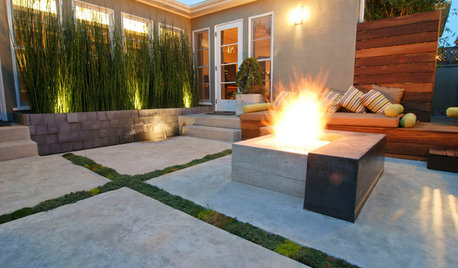
GREAT HOME PROJECTSHow to Tear Down That Concrete Patio
Clear the path for plantings or a more modern patio design by demolishing all or part of the concrete in your yard
Full Story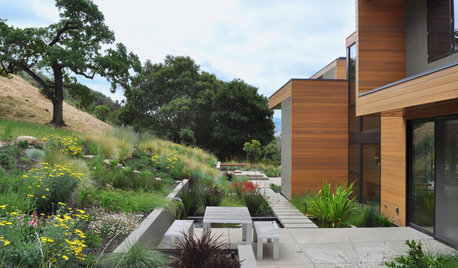
LANDSCAPE DESIGNOutdoor Style: Creative Ways With Classic Concrete
Have you cast concrete aside as being too dull or crack-prone? Learn about new design options along with the basics of using it outside
Full Story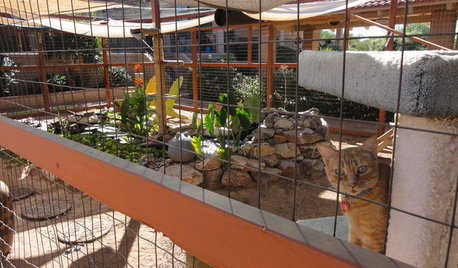
PETSSee a Deluxe 'Catio' Built for Feline Fun
Sixteen lucky cats get the run of a protected outdoor patio with ramps, steps and even a koi pond
Full Story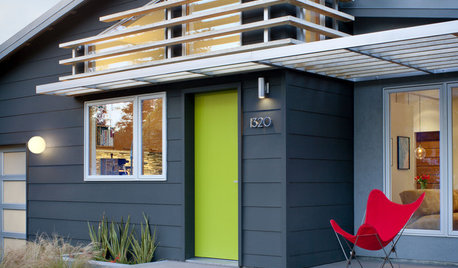
EXTERIORS17 Ways to Increase Your Home's Curb Appeal
The word on the street? Homes with appealing front views can sell faster, lift moods and convey a warm welcome
Full Story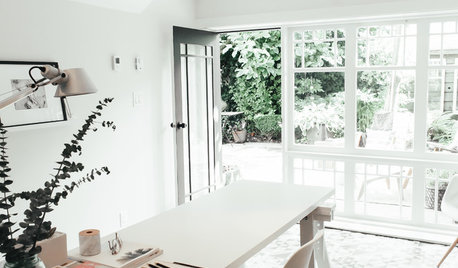
STUDIOS AND WORKSHOPSRoom of the Day: Garage Is Transformed Into a Dreamy Studio
An eclectic mix of old and new creates an inspiring, distraction-free space for writing
Full Story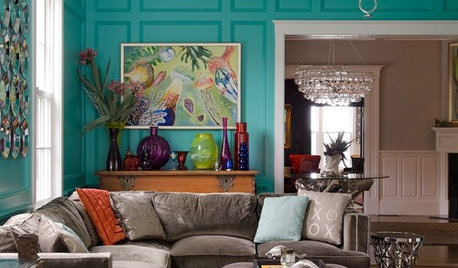
COLORSpeed-Dial Color Selection to Get the Best Result
You’ve belabored your color decisions and are still stuck. Here is how to evaluate your space and make choices that are right for you
Full Story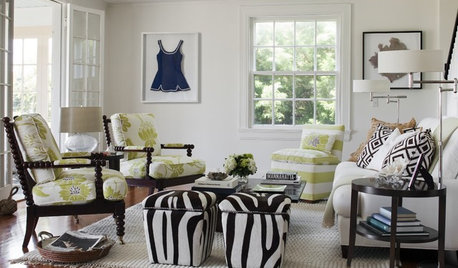
DECORATING GUIDESHere's How to Steer Clear of 10 Top Design Don'ts
Get interiors that look professionally styled even if you're taking the DIY route, by avoiding these common mistakes
Full Story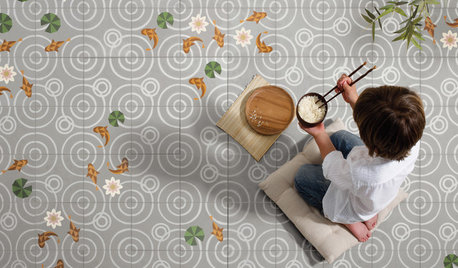
TILEWorld of Design: How Modern Geometric Designs Are Reinventing Cement
Intricate and eye-catching, the patterns of today’s cement tiles mark a break with their past while preserving an age-old technique
Full Story
MATERIALSInsulation Basics: What to Know About Spray Foam
Learn what exactly spray foam is, the pros and cons of using it and why you shouldn’t mess around with installation
Full Story
LIFEThe Top 5 Ways to Save Water at Home
Get on the fast track to preserving a valuable resource and saving money too with these smart, effective strategies
Full StorySponsored






Running_Dog
Running_Dog
Related Professionals
Maple Valley Landscape Architects & Landscape Designers · Ferndale Landscape Architects & Landscape Designers · Lyons Landscape Architects & Landscape Designers · Seabrook Landscape Architects & Landscape Designers · Williamsburg Landscape Contractors · Euclid Landscape Contractors · Fuquay-Varina Landscape Contractors · Gaithersburg Landscape Contractors · Hawthorne Landscape Contractors · Lake Worth Landscape Contractors · Lehigh Acres Landscape Contractors · Long Beach Landscape Contractors · Round Lake Landscape Contractors · Shoreview Landscape Contractors · South Hackensack Landscape ContractorsRunning_Dog
billie_ann
Fleur
tango88
stylinOriginal Author
lazydaisy
butterflybush
klinger
stylinOriginal Author
tango88
tango88
stylinOriginal Author
tango88
luz16
justadncr
greentouch
Vervel